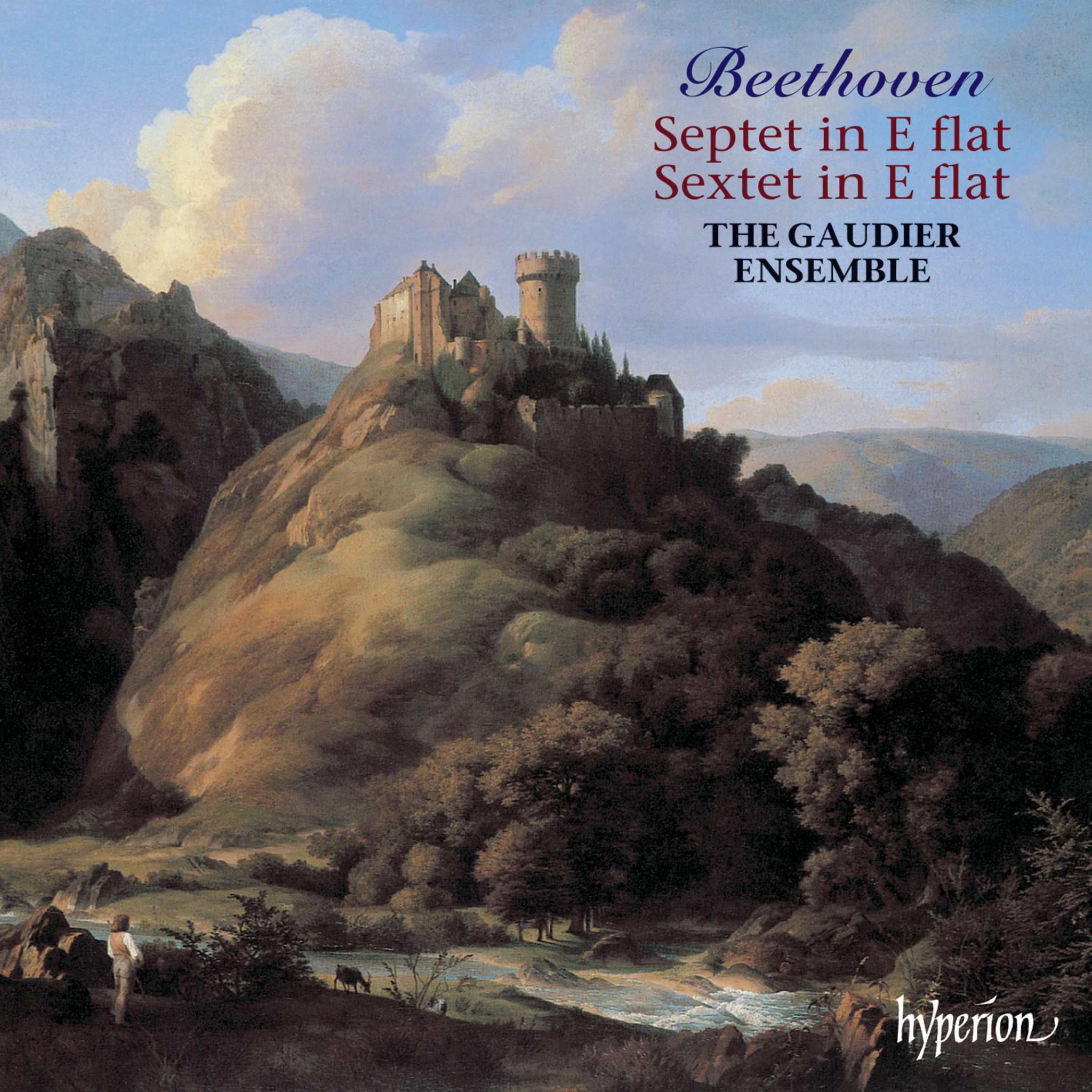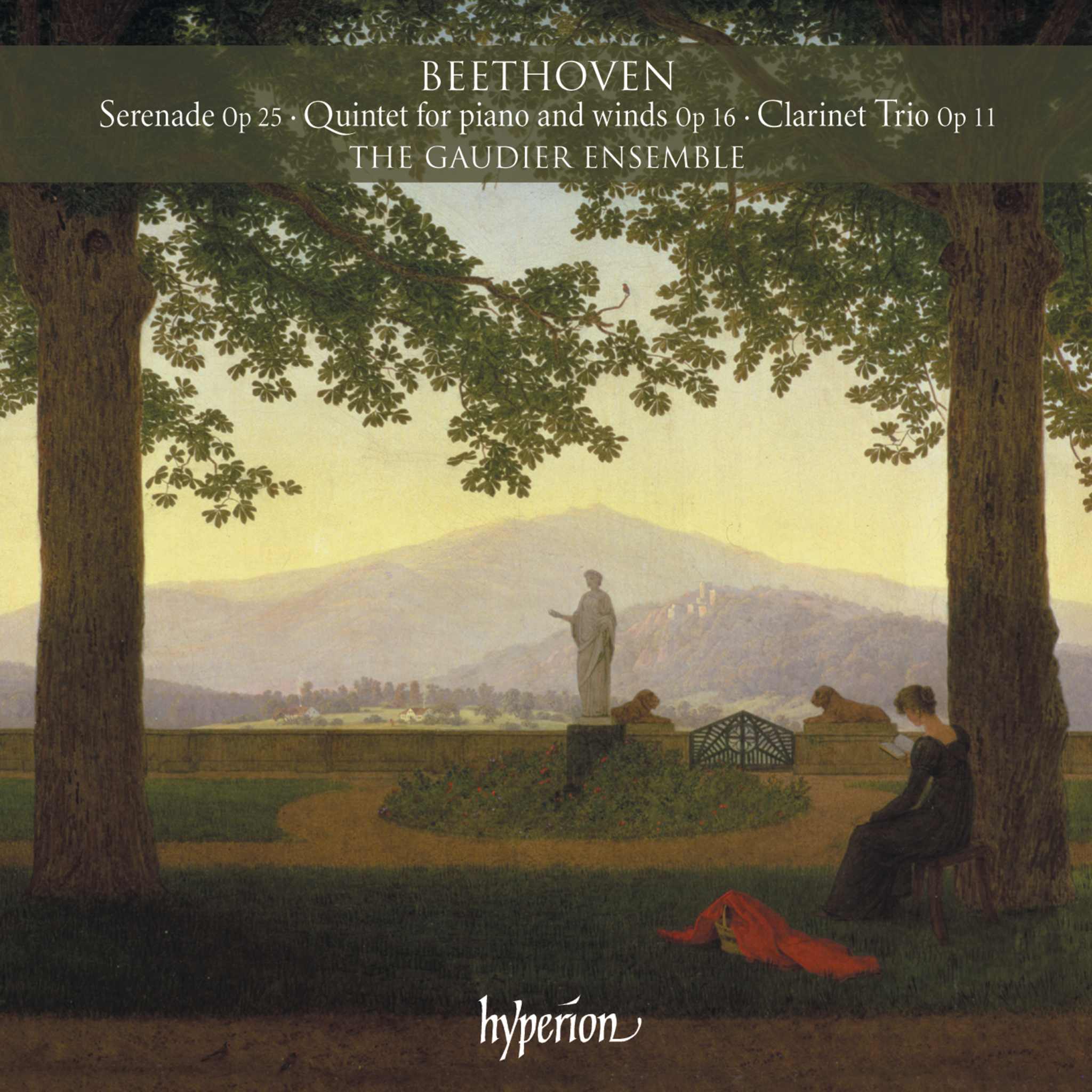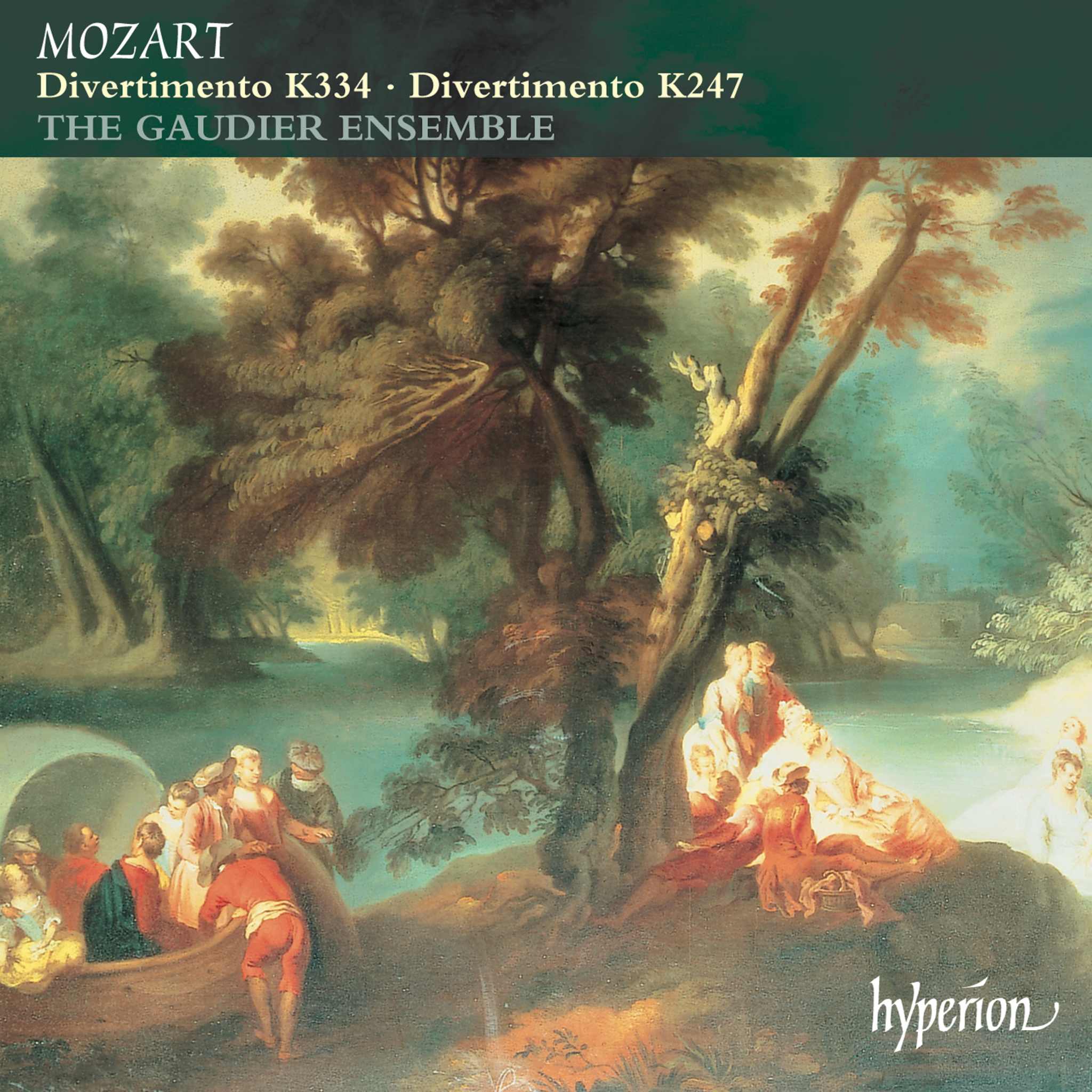Album insights
Joseph Schwantner betont, dass die Begeisterung für das Orchester sein Leben entscheidend beeinflusst hat. Diese Neigung zeigte sich bereits in seinem Erstlingswerk "Aftertones of Infinity". Mit der Zeit entwickelte er einen präziseren Umgang mit dem Orchester und erweiterte kontinuierlich sein Verständnis für dessen unbegrenztes Klangspektrum. Die vier Kompositionen, die einen Zeitraum von 16 Jahren umfassen, demonstrieren Schwantners instinktives Geschick bei der Nutzung der klanglichen Vielfalt eines Sinfonieorchesters. Die Entstehung dreier dieser Werke mit Solisten wurde durch Anregungen der jeweiligen Interpreten inspiriert.
Für "Aftertones of Infinity" wurde Joseph Schwantner 1979 mit dem Pulitzer-Preis für Musik ausgezeichnet und hatte sich zu diesem Zeitpunkt bereits einen Namen in der amerikanischen Szene für Neue Musik gemacht. Seinen ersten Kompositionspreis gewann er bereits 1959 während seiner Schulzeit. Seine Ausbildung absolvierte er am Chicago Conservatory College und an der Northwestern University. Während er seine akademische Karriere vorantrieb, erhielt er zunehmend Kompositionsaufträge, bevor er eine Professur für Musik an der Yale University annahm und die Konzertreihe "New Music New Haven" leitete.
Nach seiner Tätigkeit an der Eastman School und einem kurzen Engagement an der Juilliard School kam Schwantner 2001 zur Yale University, wo er Musik unterrichtete. Trotz der reizvollen Landschaft New Hampshires verließ er Yale 2002, um als unabhängiger Komponist zu arbeiten. Seine Werke sind nach wie vor sehr gefragt.
"A Sudden Rainbow" aus dem Jahr 1986 eröffnet diese CD und ist das einzige Orchesterstück ohne Solisten. Es kann dennoch als eine Art Konzert für Orchester betrachtet werden, da es anspruchsvolle Partien für alle Orchestergruppen enthält. Schwantner setzte das moderne erweiterte Schlagwerk umfassend ein, wobei sowohl Instrumente mit definierter als auch mit undefinierter Tonhöhe prominent hervortreten.
Bildhaftes Denken ist charakteristisch für Schwantners musikalisches Schaffen. Seine kreativen Werktitel zeugen von seiner intensiven Auseinandersetzung mit außermusikalischen Einflüssen. "A Sudden Rainbow" präsentiert sich in einer einsätzigen symmetrischen Bogenform und wurde vom Naturphänomen des Regenbogens inspiriert. In seinem Werk hebt Schwantner die klanglichen und räumlichen Dimensionen hervor, die zu einer Fülle ungewöhnlicher Klangfarben und Texturen führen.
Poetische Bilder spielen in Schwantners Musik eine zentrale Rolle. Sein Werkverzeichnis umfasst fantasievolle Titel wie "Distant Runes and Incantations", "Dreamcaller" und "Through Interior Worlds", die sein Interesse an Sprache und Literatur verdeutlichen. Dieser künstlerische Ansatz manifestiert sich auch in seinem Klangverständnis und seiner Fähigkeit, das Potenzial einzelner Instrumente auszuloten.
"Beyond Autumn: 'Poem' for horn and orchestra" (1999) verdeutlicht Schwantners Vermögen, poetische und musikalische Elemente zu vereinen. Diese Komposition für Horn und Orchester erlebte ihre Uraufführung 1999 durch das Dallas Symphony Orchestra. Die Verknüpfung musikalischer Ideen mit poetischen Inspirationen steht im Zentrum von Schwantners künstlerischem Schaffen.





